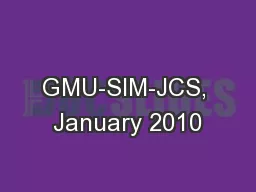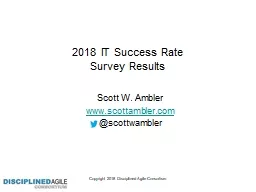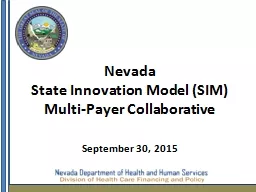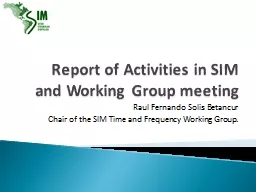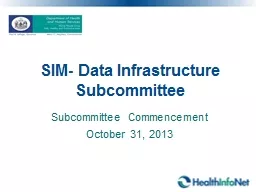PPT-Connecticut SIM VBID Consortium Meeting: February 2, 2016
Author : tatiana-dople | Published Date : 2019-06-20
1 2016 Freedman Health Care LLC Connecticut SIM Program Overview December 7 2015 2 Agenda What is a State Innovation Model Grant SIM grants are awarded by the
Presentation Embed Code
Download Presentation
Download Presentation The PPT/PDF document "Connecticut SIM VBID Consortium Meeting:..." is the property of its rightful owner. Permission is granted to download and print the materials on this website for personal, non-commercial use only, and to display it on your personal computer provided you do not modify the materials and that you retain all copyright notices contained in the materials. By downloading content from our website, you accept the terms of this agreement.
Connecticut SIM VBID Consortium Meeting: February 2, 2016: Transcript
Download Rules Of Document
"Connecticut SIM VBID Consortium Meeting: February 2, 2016"The content belongs to its owner. You may download and print it for personal use, without modification, and keep all copyright notices. By downloading, you agree to these terms.
Related Documents







